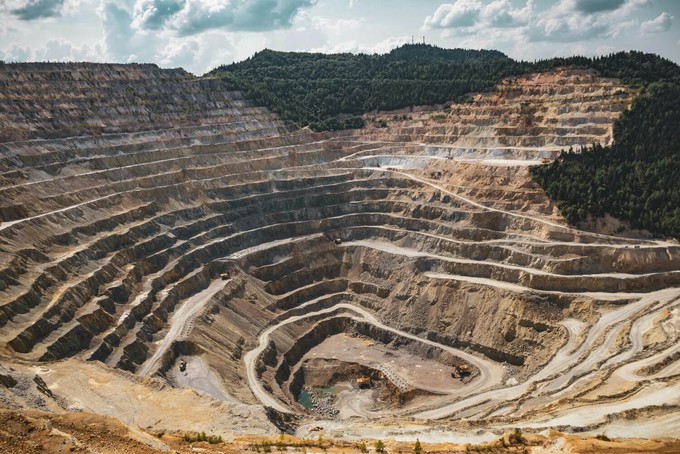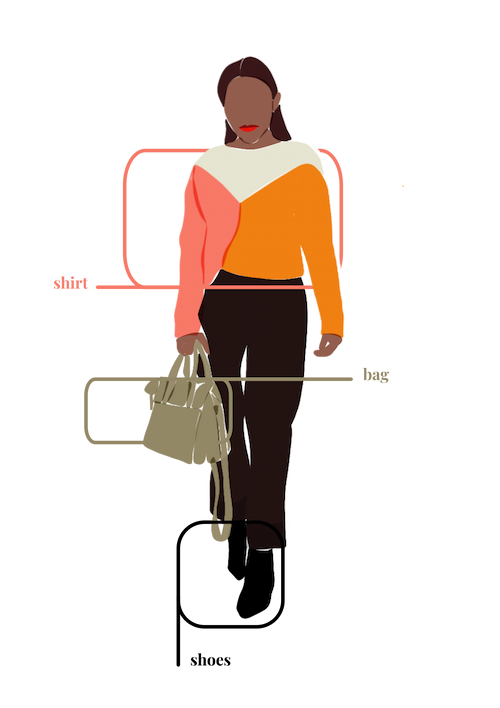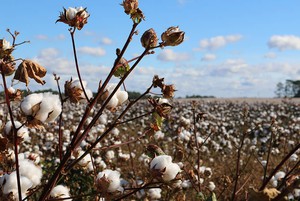- Clothes
- Bags
- Accessories
-
Inspiration
- Shoes
Are You Wearing Conflict Resources? What Your Jewellery Hides

Don’t get us wrong: we wear it too, and luckily, there are many ethical exceptions, but in most cases?
To us, jewellery is one of the biggest examples of what’s wrong with society and, specifically, the fashion industry: it’s sold as a status symbol or at extremely high prices, but the people doing the work live under horrendous conditions and are paid pennies.
One of the not-so-shiny realities it hides? Conflict resources.
Let’s see what it means in practice and how you can reduce the risk of buying jewellery made with conflict materials (even though it is tricky).
What are conflict resources or materials?

Conflict resources are raw materials (mostly minerals) coming from areas with wars or internal unrest, whose trade benefits from or contributes to these conflicts and violations of human rights.
This often happens in countries with particularly weak or corrupted governments or with poor human rights laws and protection.
When it comes to minerals, it mostly involves “artisanal or informal miners”. These are sent to mine independently instead of through the companies that legally own those mines—and therefore, without being safeguarded or complying with legal regulations.
Conflict resources examples
They’re also found in electronics (especially lithium and the “3 T’s”, tin, tantalum, and tungsten) and all kinds of industries, from automotive to medical equipment, but when it comes to jewellery, the most common conflict resources are:
- Gold, especially from the Democratic Republic of Congo, whose sales allow governments and insurgent groups to finance civil conflicts
- Diamonds. For example, they fuelled the 1991-2002 civil war in Sierra Leone, and despite the creation of the Kimberley Process Certification Scheme, these “blood diamonds” still exist
Conflict resources come from other African countries and beyond too—from illegal mining in the Amazon to lapis lazuli in Afghanistan—and they can be present in a company’s supply chain knowingly or unknowingly (for example, in 2024, Apple was accused of using conflict materials).
The consequences and implications of conflict materials: why we should care about where our jewellery comes from
I can’t help mentioning that mining itself is terrible for the environment, too (on average, one gold ring generates over 20 tonnes of waste). But rather than the eco-friendly or unsustainable aspects of jewellery, let’s focus on the ethical problems of conflict resources:
- The illegal sale of these materials and minerals literally funds conflicts and wars
- These armed groups force civilians—including children—to work in dangerous mines (for example, 14 informal miners were killed when a Suriname mine tunnel collapsed)
- These miners are underpaid and trapped in modern slavery conditions
- In many cases, it’s also linked to sexual-based violence, especially in countries and regions where mines are controlled by armed groups
So, you might be wondering…
“How are jewellery brands getting away with this?!”
As teased before, it’s tricky.
There are some regulations in place, like the EU Conflict Minerals Regulation or a section in the Dodd-Frank Act in the US. Sadly, they’re hard to enforce.
- Some rules only apply to importers rather than finished products
- Whenever companies are expected to do “due diligence”, it’s not absolute, and it’s relatively easy to find loopholes
- The jewellery industry has particularly complex supply chains, full of subcontractors and middle-men. So, given this lack of transparency, it’s hard to trace everything
How you can avoid conflict resources in your jewellery
Once again, it’s hard, but there are things you can do to find jewellery that’s ideally free from conflict materials:
- Demand transparency – Is this jewellery brand telling you about their supply chain? If they aren’t or they haven’t even got a sustainability/ethical page on their website, that’s usually bad news
- Check certifications – Sadly, even with third-party certificates, it’s not all black or white. For example, while the Responsible Jewellery Council is extremely helpful from an environmental point of view, it doesn’t automatically exclude conflict resources. However, the Fairtrade International certificate tends to be more reliable in these matters
- Look for jewellery made with existing materials – A great way of avoiding brands using conflict resources is to bypass the need for new mining. For example, you could choose second-hand jewellery or brands using recycled gold and lab-grown diamonds
- Buy less but better – Unfortunately, more expensive jewellery doesn’t automatically mean “free from conflict resources”. In many cases, what you’re actually paying premium prices for is the brand itself. However, choosing ethical and transparent jewellery brands will reduce that risk. If they’re more expensive than suspiciously cheap stores, it’s usually because they rely on fair supply chains where workers are paid good wages. So, it’s better to invest in fewer jewellery pieces made by ethical brands and then keeping them for years
You can find plenty of sustainable and ethical jewellery on Project Cece, using our filters (from Certificates to Fair Trade labels and Brands) to narrow down your choices.
Despite its shiny products and accessories, the jewellery industry is still very opaque when it comes to supply chains and conflict materials. So, when ethical brands work hard to make a positive difference, it feels even more precious, don’t you think?
Share our story
Related articles
Child Labour in the Fashion Industry: Is It Still a Thing?
Cheap fast fashion clothes—yes, even the ones in your wardrobe—often hide a high cost. Here’s the harsh reality of child labour in fashion (& what you can do).
Best Sustainable Jewellery Brands for an Eco-Conscious Glow
Traditional necklaces and earrings tend to have a bad environmental impact. Instead, opt for an eco-conscious sparkle with these sustainable jewellery brands!
Why Fast & Ethical Fashion Are Feminist Issues (& How You Can Help)
From feminist slogans on t-shirts made by exploited women to the vicious cycle maintained by this industry, here’s how fashion and feminism are connected.
Project Cece is a platform that collects ethical fashion from vetted brands and shops in one place. Browse ethical fashion for women and men and find items that fit your style, budget and values!


_large.png)


